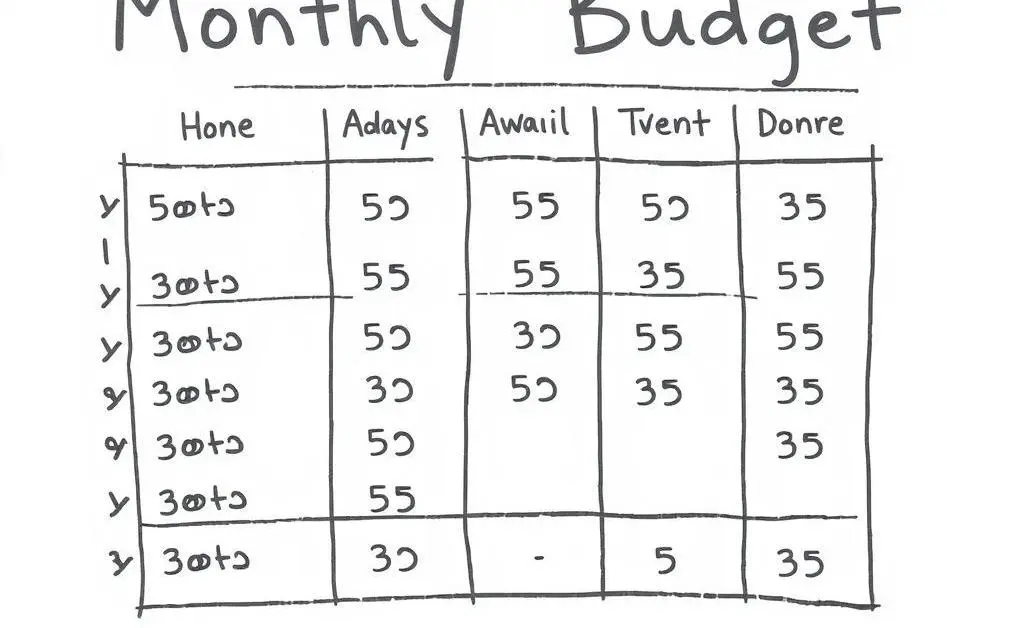Smart Saving Tips: Finding Balance in Your Budget
Explore simple tips to make budgeting feel manageable yet rewarding.

Ever find yourself trying to balance your budget, feeling like it’s a juggling act? We’ve all been there, eyeing that fancy dinner or contemplating that spontaneous weekend getaway with a mix of excitement and financial guilt. But what if there was a way to manage your finances that feels less like drudgery and more like a plan that empowers your choices?
Understanding Your Financial Landscape
Before diving into percentages and strict categories, let’s start with a clear picture of where you stand. List all sources of income and track every expense for a month to understand your spending habits. You’d be surprised how those small coffee splurges add up!

Setting Realistic Goals
Goals are your financial North Star. Whether it’s saving for a down payment or creating a travel fund, specificity helps. Instead of saying, "save money," set a realistic target like "save $200 monthly for a vacation." This brings clarity and motivation.
The 50/30/20 Rule
One popular strategy is the 50/30/20 rule: allocate 50% of your income to needs, 30% to wants, and 20% to savings or debt repayment. It’s flexible enough to suit various lifestyles while encouraging mindful spending. It’s like creating a recipe that balances taste with nutrition.
Story of Balance
Consider Jamie, who struggled with budgeting. Every end of the month was a scramble. Then Jamie started small with the envelope method—categorizing cash for specific spends like groceries, entertainment, and clothing. Soon, Jamie was not just saving but also finding more room for spontaneous treats, guilt-free.

The Role of Mindful Spending
Mindful spending doesn’t mean deprivation; it’s about prioritizing what truly matters. Seek joy in quality over quantity. Maybe skip the impulse buy today for a cherished experience tomorrow.
- Create a monthly budget using apps or simple spreadsheets for clarity.
- Review your spending habits weekly to ensure you're on track.
- Reward yourself within reason to keep things balanced.

Conclusion: A Continuous Journey
Budgeting is not a one-time setup but a dynamic process that adjusts as your life and priorities change. As you embark on or continue your budgeting journey, remember to give yourself grace. What saving tips have you found helpful in maintaining balance between living in the now and planning for the future? Let's share ideas!




